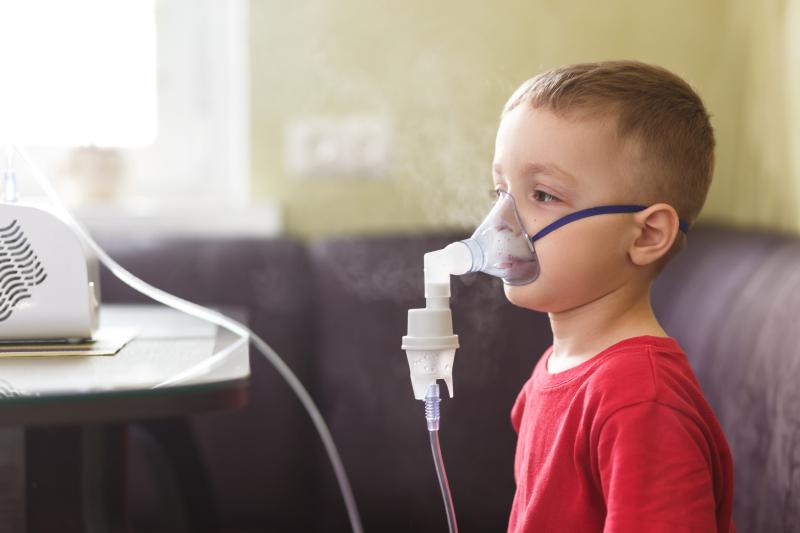
A portable photo-electrochemical oxidation (PECO) air purification device appears to have value in a hospital setting for paediatric respiratory patients, according to a recent study.
“[T]he use of a portable air purification PECO technology is associated with reductions in overall length of hospital stay, paediatric intensive care unit (PICU) stay, intubation, nebulizer and noninvasive ventilation use,” said researchers.
The prospective study included 289 paediatric patients (mean age, 4.4±4.4 years) with respiratory distress admitted between August 2017 and 2018 after the PECO intervention had been established. There were 273 admissions (mean age, 4±4.1 years) in the year prior to the intervention, which were set as controls. Both groups were well-balanced in terms of age, gender, admitting diagnosis and asthma status.
The rate of use of noninvasive ventilation was 77 percent during the preintervention period, as opposed to only 23 percent after the PECO devices were installed. Despite a substantial absolute difference, the propensity-adjusted odds failed to achieve statistical significance (odds ratio [OR], 0.41, 95 percent confidence interval [CI], 0.15–1.14; p=0.089). [Cureus 2020;12:e7440]
Nebulizers saw a similar drop in use, from 59 percent before the intervention to 41 percent after. The difference again failed to reach significance (OR, 0.84, 95 percent CI, 0.60–1.19; p=0.335).
The rate of intubation likewise fell from 57.1 percent prior to the PECO devices to 43 percent in the postintervention period. The resulting adjusted odds estimate was not significant (OR, 0.90, 95 percent CI, 0.22–4.0; p=0.897).
The air purification devices also cut hospital stay short, from an average of 3.2±3 days in the preintervention period to 2.9±1.7 days after. The same was true for stay in the PICU, which was reduced from 0.7±2.9 to 0.4±1.2 days. Neither of the resulting differences were statistically significant. There were also no reports of adverse events attributable to the device.
“While the results are not statistically significant, it is indeed clinically meaningful with significant impact on the healthcare system,” the researchers said.
“For example, the absolute difference in the use of noninvasive ventilation was 54 percent which in number needed to treat metric translates to a value of 2, meaning that for every two patients, the use of air purification technology prevents two additional uses of noninvasive ventilation in comparison to the standard of care,” they explained.
In turn, this corresponds to substantial amount of avoided healthcare costs, which adds to the savings incurred from a shorter hospital stay, the researchers added. Less need for ventilators may also help prevent patient morbidity.
Important limitations are noteworthy. Among these are the lack of statistical significance in any of the findings and its pre-post intervention design. “Nevertheless, despite the limitations, these findings provide the first-ever hypothesis-generating findings related to the efficacy of an air filtration device to reduce resource use in the paediatric ward setting,” the researchers said.
“These findings will also inform the design and conduct of future studies that can address potentially unknown confounders as the groups were balanced for known confounders in the current study,” they added.